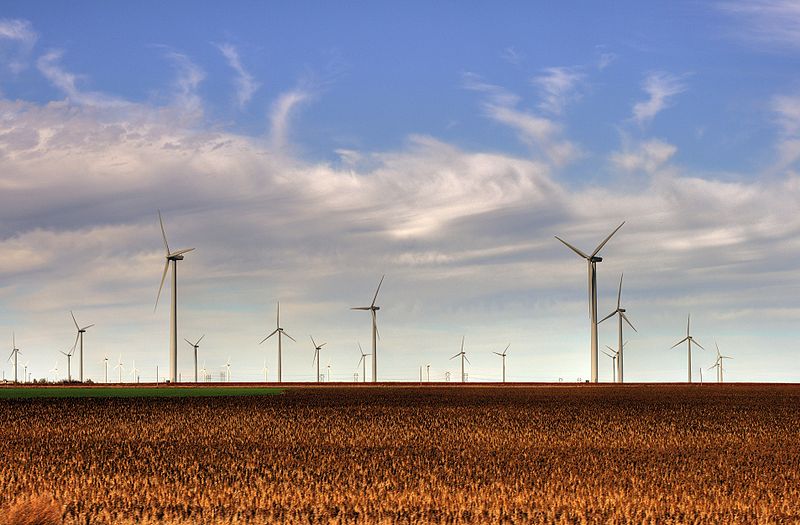
The Wall Street Journal debunked several of what it labeled “myths” about renewable energy on Monday. But the paper itself has promoted several of these myths in the past, obscuring the promising growth of renewable energy as prices rapidly decline.
According to Wall Street Journal reporter Keith Johnson, "[o]ld ideas die hard" when it comes to renewable energy. He went on to debunk “six myths about renewable energy” that he said stemmed from “outdated facts and assumptions.” Three of these myths, as follows, have been pushed by the Wall Street Journal:
WSJ Myth 1: Renewables Are An Insignificant Source Of Power
The Wall Street Journal has called the potential of wind and solar power “trivial” in an editorial and has published an op-ed by Jay Lehr of the Heartland Institute that claimed "[p]hysical limitations will keep this energy source a niche provider of U.S. electricity needs."
But as Johnson reported, the scale of the U.S. electricity supply is so great that our current renewable energy mix, which has accounted for 14 percent of U.S. electricity production so far this year (mostly from hydropower), is greater than some countries' total electricity capacity -- far from trivial.
And as this Wall Street Journal chart shows, renewable sources are on a rapid upward trend, particularly from wind power:

WSJ Myth 2: Renewables Are Too Expensive
The Wall Street Journal's editorial board previously claimed that Big Wind “can't make it in the marketplace... despite more than $30 billion in subsidies.” Another Journal editorial celebrated a supposed decline in clean energy investment, saying it was a “silver lining” that venture capitalists were “moving on to more worthwhile pursuits.”
But Johnson wrote that “costs are falling fast” thanks to “technological advances... and cheaper components.” In fact, a report from Bloomberg New Energy Finance found that the price of renewable energy is “plummeting.”
Johnson also discussed the “hidden costs” of fossil fuels, such as “air pollution, health impacts and carbon-dioxide emissions that contribute to global warming,” continuing that if these costs were factored in, “clean-burning renewables wouldn't look nearly so pricey.” This issue is rarely mentioned in the Wall Street Journal editorials touting the benefits of coal or decrying President Obama's carbon standards on power plants.

WSJ Myth 3: Variability Dooms Renewable Energy
Warnings of “rolling blackouts” have pervaded Wall Street Journal editorials. But as Johnson writes, renewable energy reliability is “improving rapidly,” as “system operators have gotten better at using forecasting and integrating wind power.” He added that reliability improves with the expansion of wind and solar power as “scores of wind farms over thousands of square miles show less volatility--the wind is always blowing somewhere.”
The Wall Street Journal's history of repeating anti-renewable energy myths may have been one reason that anti-wind energy activists stated in a 2012 confidential memo that they could use the Journal and other media outlets to provide “cover” for politicians to oppose efforts promoting the energy source. Will the Journal continue to contribute to these myths after debunking them as “outdated”?